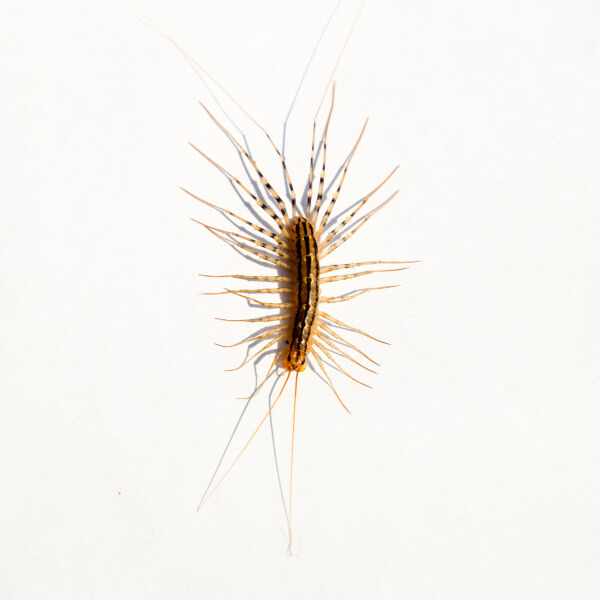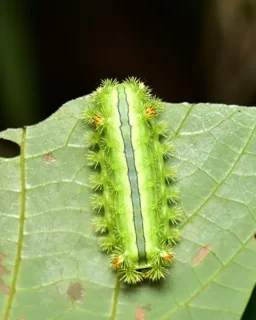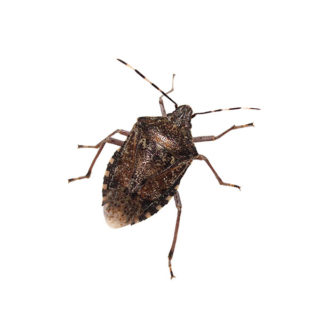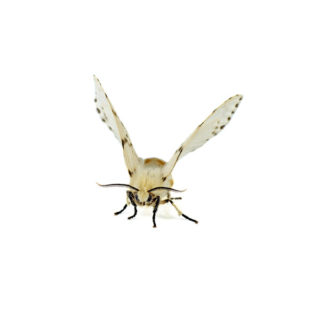House Centipedes in Kailua Kona
House centipedes are intriguing insects known for their distinctive appearance and remarkable agility. These arthropods have long, flattened bodies with numerous segments, each equipped with a pair of legs. Contrary to their name, house centipedes typically have 15 pairs of legs rather than 100, with longer legs toward the rear. This gives them an impressive, fast-paced movement, which is essential for capturing prey. House centipedes have two long antennae and are light brown to grayish-yellow in color.
House Centipede Habitat
As the name suggests, house centipedes are often found indoors, especially in damp and dark areas such as basements, bathrooms, and crawl spaces. They are nocturnal hunters, seeking out small insects, spiders, and other pests. House centipedes thrive in environments with high humidity levels, making them well-suited for basements and other moist areas. While they primarily inhabit human structures, they can also be found outdoors in leaf litter and garden areas.
House Centipede Behaviors, Threats, or Dangers
House centipedes are beneficial insects, as they prey on a variety of household pests, including spiders, ants, and silverfish. Their presence can help control other insect populations in and around the home. While house centipedes are not harmful to humans, their rapid movements and unusual appearance might startle some individuals.
If you are dealing with house centipedes on your property, contact your local exterminators.





